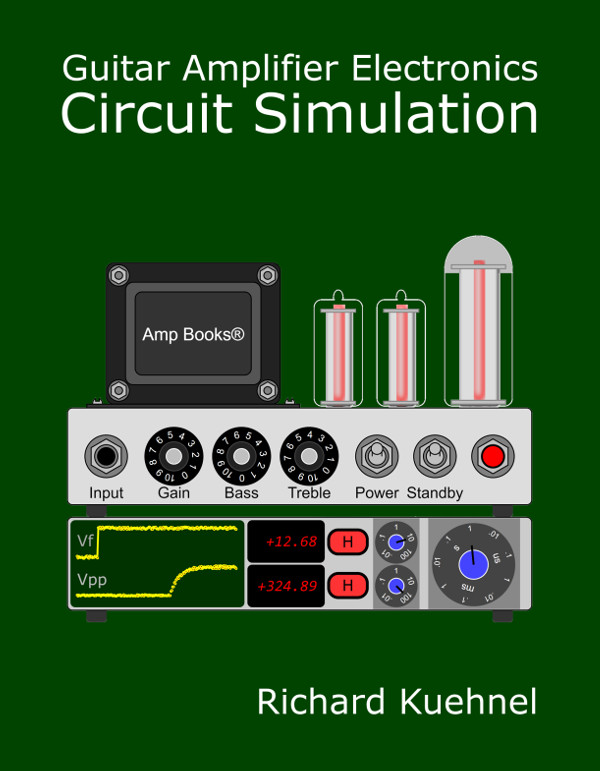How Vacuum Tube Triodes Work
The Edison Effect
Between 1875 and 1883, inventor and businessman Thomas Alva Edison was working to improve the incandescent light bulb. It worked by connecting a voltage source across a pair of wires that supported a filament inside a vacuum. The voltage caused electrons to flow into one wire, through the filament, and out from the other wire. The filament's resistance created heat that made the filament glow white hot.
In the course of his experiments, Edison discovered an interesting phenomenon. When an electrode was inserted into the bulb and made positive, a current flowed through the vacuum between the hot filament and the electrode.
When the electrode was negative, no current flowed. The phenomenon became known as the Edison Effect. At the time Edison did not know that the underlying cause was thermionic emission, electrons boiling off the hot surface of the filament. The negatively charged electrons are attracted to a positive electrode, causing current to flow in the vacuum. Electrons are repelled if the electrode is negative with respect to the hot filament, so no current flows.

|
New! Guitar Amplifier Electronics: Fender Deluxe - from TV front to narrow panel to brownface to blackface Reverb |
Vacuum Tube Diodes
The Edison effect is used in a vacuum tube diode like the 1V2.


A diode consists of two electrodes: a cathode from which electrons boil off and an anode (also called a plate) that collects them. The 1V2 has a directly heated cathode, because the cathode acts as its own heater, just like in Edison's light bulb. A small voltage (0.625V) is placed across pins 4 and 5 to generate heat. If the plate, connected to pins 1 and 9, is positive with respect to the heated cathode, then negative electrons flow from the cathode to the plate.
By convention we say that positive current flows from the plate to the cathode and call the current between the electrodes plate current.
When the plate is negative with respect to the cathode, no current flows.

|
Guitar Amplifier Electronics: Basic Theory - master the basics of preamp, power amp, and power supply design. |
Vacuum Tube Triodes
A triode inserts a loosely spaced wire screen, called a control grid, between the cathode and plate. The grid is generally negative with respect to the cathode. A 12AX7, the most commonly used tube for guitar amplifiers, contains two triodes within one glass envelope. If the plate voltage for one of them is +300V, the grid voltage is -2V, and the cathode voltage is 0V, then the plate current is 2.08mA for an average tube.
This is depicted by the red dot here on the data sheet's plate characteristics, which show plate current versus plate-to-cathode voltage.


|
Fundamentals of Guitar Amplifier System Design - design your amp using a structured, professional methodology. |
Each curve represents a different grid voltage, from -5V in the lower right to 0V in the upper left. The blue dot shows that if the grid voltage is reduced to -4V, no plate current flows, a condition known as cutoff. A mere -4V at the grid completely neutralizes +300V at the plate. Moreover, a 2V change in grid voltage results in a 2.08mA change in plate current. The control grid exerts control over current flow.
The green dot indicates that with a -3V grid, the plate current is 0.53mA. If the plate voltage changes by 2V, to 298V or 302V, plate current barely changes. Grid voltage has much more control over plate current than plate voltage because the grid is closer to the cathode. Its electric field effectively screens the cathode from the electric field extending from the more distant plate. This phenomenon forms the basis for guitar amplifier preamps: a small input voltage swing at the grid creates a change in plate current that can be used to create a much greater output voltage swing. This is the essence of voltage amplification.



